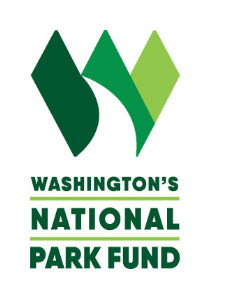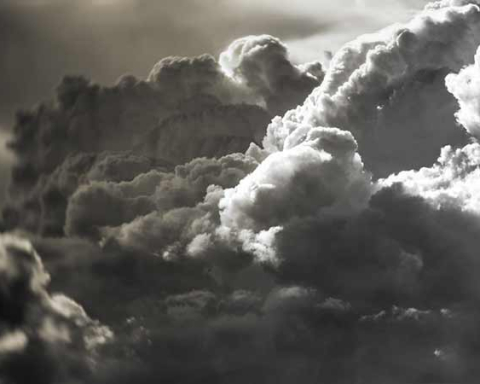Washington’s National Park Fund Springs into Summer with Fun Facts About the National Parks in Our Backyard
High Winds, Stinky Bob, Singing Marmots and More
Seattle, WA—May 22, 2019 — In an announcement sure to delight outdoor enthusiasts and trivia buffs alike, Washington’s National Park Fund (WNPF) today unveiled “Fun Facts About the National Parks in Our Backyard.” WNPF is the official philanthropic partner of Mount Rainier, North Cascades and Olympic National Parks, and its collection of insights will tickle the senses of even the most urban among those in the Evergreen State. As people prepare to venture outdoors this spring and summer, these fun facts will add to their enjoyment:
• Winds Can Reach 70mph on Hurricane Ridge. There is a reason they call it Hurricane Ridge. The weather on that mountain pass in Olympic National Park can get pretty gnarly, with intense gales and winds reaching up to 70mph.
• Invasive Stinky Bob is not a Cartoon Character. Making its home in shady forests with damp soil, Stinky Bob is an invasive plant species that has made its way into our national parks. Officially called Geranium robertianum, Stinky Bob isn’t just a clever name. Its smell is most frequently described as a mix of diesel and mint. Ewww!
• Marmots sound the alarm! Hoary Marmots are often out sunning themselves in Mount Rainier and North Cascades National Parks and people can hear them whistling away. They are vocal animals with at least seven different kinds of calls, many of which are alarms alerting fellow animals to predators. The Olympic Marmot, endemic to Olympic National Park, has four different types of whistles.
• Olympic National Park works to help us see the stars. Things like streetlamps, porch lights, neon signage and more can be a barrier to our ability to see the stars. Olympic National Park has been working to get an International Dark Sky Park designation from the International Dark Sky Places by taking steps to reduce light pollution, creating dark skies to make stars more visible.
• The lakes are so turquoise blue because of “rock flour.” What makes alpine lakes like Diablo and Ross in the North Cascades those incredible blues and greens? Glaciers in surrounding high country slowly wear down the rock to a fine silt, or “rock flour,” that streams into the lake. And it’s those minerals, typically quartz or feldspar, reflected through the sunlight that produces those unbelievable colors.
• Lake Crescent doesn’t have algae. Known for its crystal-clear water, Olympic National Park’s Lake Crescent is the second deepest lake in Washington. Even still, in some places you can see as far as 60 feet down! That’s due to a lack of nitrogen which prevents the growth of algae.
• North Cascades National Park has more glaciers than Glacier National Park. That’s right! With 312 glaciers, North Cascades National Park has the most glaciers of any U.S. Park, except Alaska, and a third of all the glaciers in the lower 48. Now that’s a lot of glaciers!
• More than 10% of our beloved Mount Rainier is covered in glaciers. Aside from being the most prominent peak in our, Mount Rainier is also the most glaciated peak in the contiguous U.S., with 25 named glaciers that have a combined area of 90 square kilometers, meaning almost 10% of the park is covered by glacier!
WNPF is the only philanthropic organization dedicated solely to these three national parks and 100% of the donations stay in Washington State for park priority projects. Founded by former governor and senator Dan Evans and legendary mountaineer Lou Whittaker, WNPF has awarded more than $5.3 million in the last nine years to support these national parks.
About Washington’s National Park Fund
Washington’s National Park Fund (WNPF) is the official philanthropic partner of Mount Rainier, North Cascades and Olympic National Parks, which span more than 1.6 million acres of the Evergreen state. Annually, WNPF allocates monies to 50-75 park priority projects with the goal of deepening the public’s love for, understanding of, and experiences in Washington’s National Parks. Get involved at www.wnpf.org






